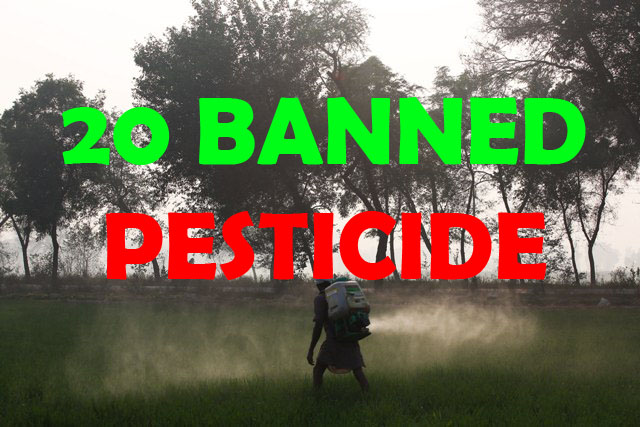
He said some stressed bee colonies have been known to succumb during the winter. But none of the colonies exposed to the insecticide built that protective layer.Ĭhristian Krupke, a Purdue University entomologist not involved in the research, told NPR that he finds this the most interesting finding of the study. "Actually in our control colonies, in the outdoor conditions we're putting them in, almost all of our colonies built some amount of that sort of insulating wax canopy," Crall says. Scientists used a robotic arm to take video of the bees' behavior when exposed to a common insecticide.īumblebees also typically build a kind of wax blanket over the developing young to insulate them from the cold. Workers inside a bumblebee nest are outfitted with tracking tags.

Scientists have previously found that the insecticides can impair a bee's ability to forage and limit the growth of a colony. As NPR's Dan Charles has reported, "neonicotinoid residues also have been found in the pollen of wildflowers growing near fields and in nearby streams."Ī growing body of research points to their deleterious effects on bees, which serve an important role in pollinating crops. The plant then carries traces of the insecticide as it grows, even showing up in the pollen, which scientists believe is one way bees are exposed. They're commonly applied to the seeds of crops such as corn or soy before planting. Neonicotinoids, commonly known as "neonics," are near-ubiquitous in farming in many countries.

It also made them less-attentive parents, according to research published Thursday in the journal Science. They found that the insecticide - from a controversial group called neonicotinoids - made the bees more sluggish and antisocial, spending more time on the periphery of the nest. A bumblebee outfitted with a unique tracking tag forages outdoors.Ī team of researchers peered inside bumblebee colonies and spied on insects individually labelled with a tiny tag to figure out exactly how exposure to a common insecticide changes their behavior in the nest.


 0 kommentar(er)
0 kommentar(er)
